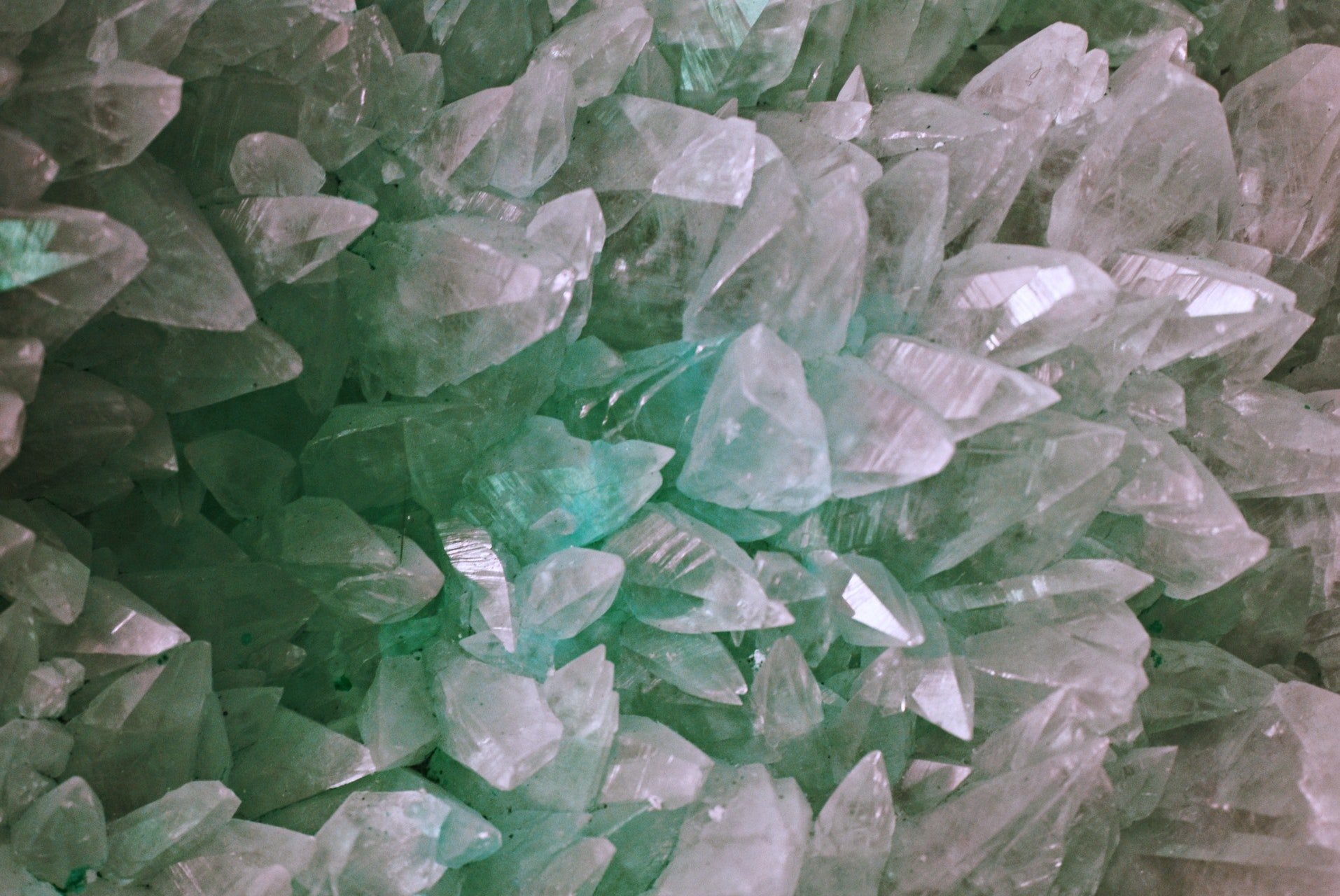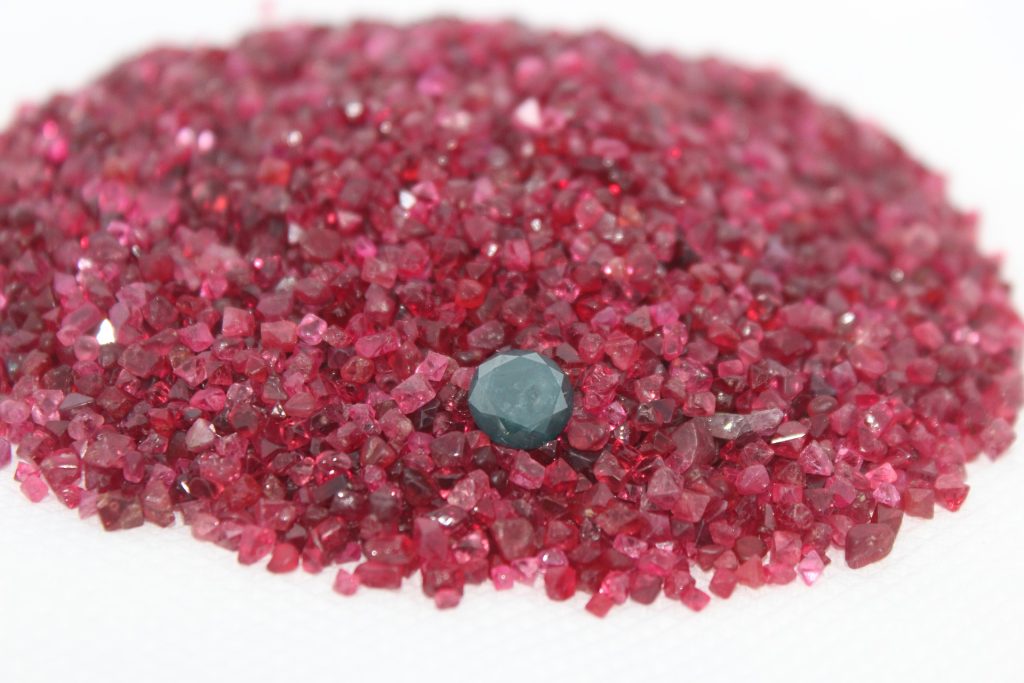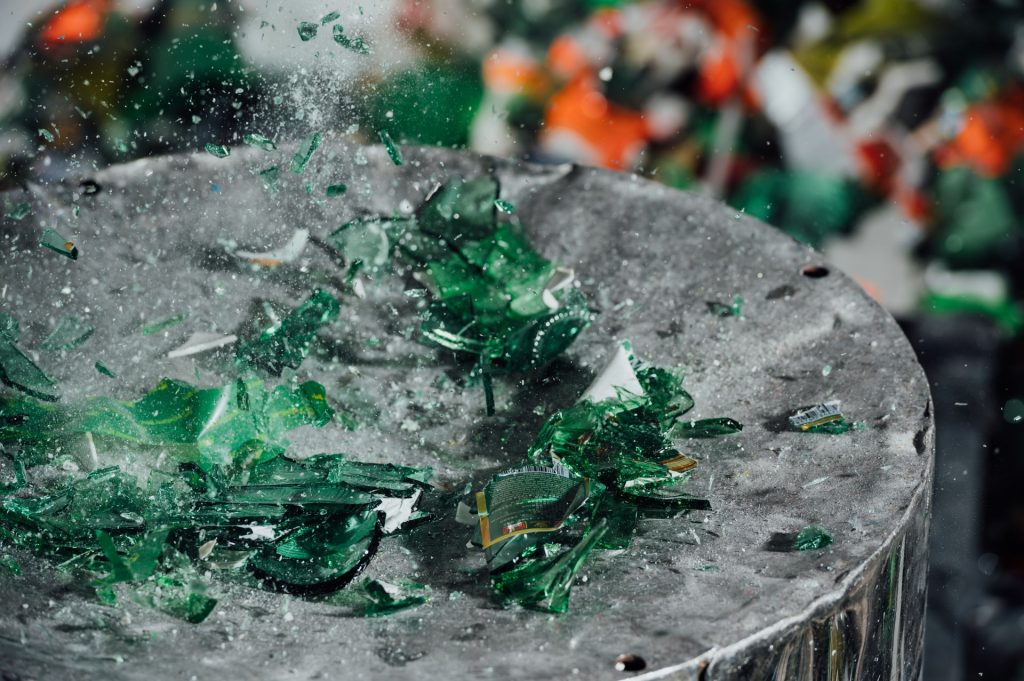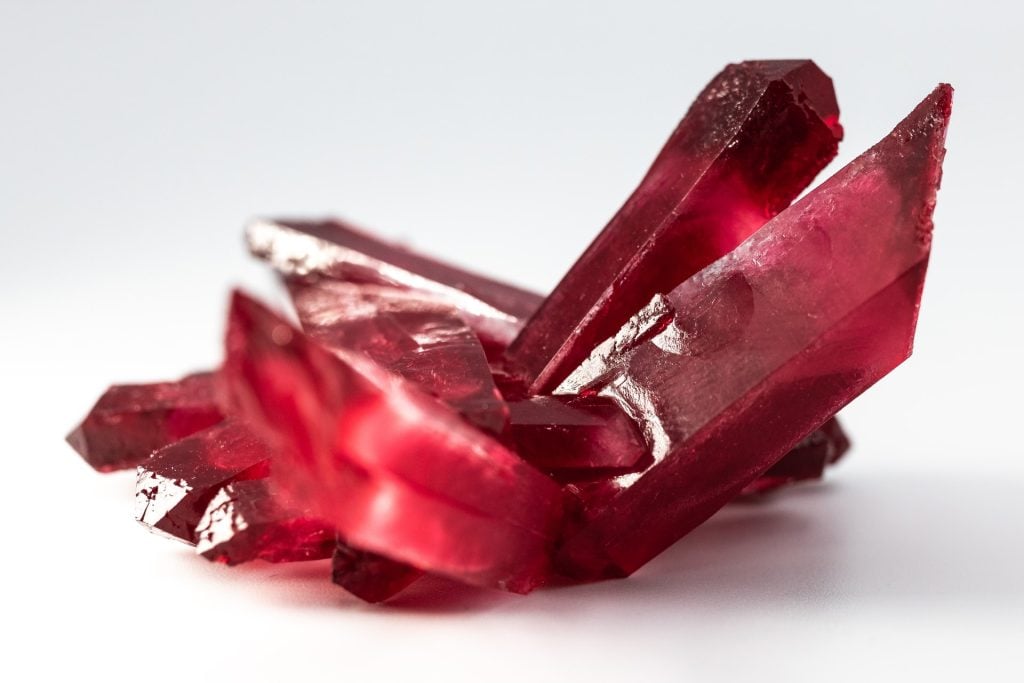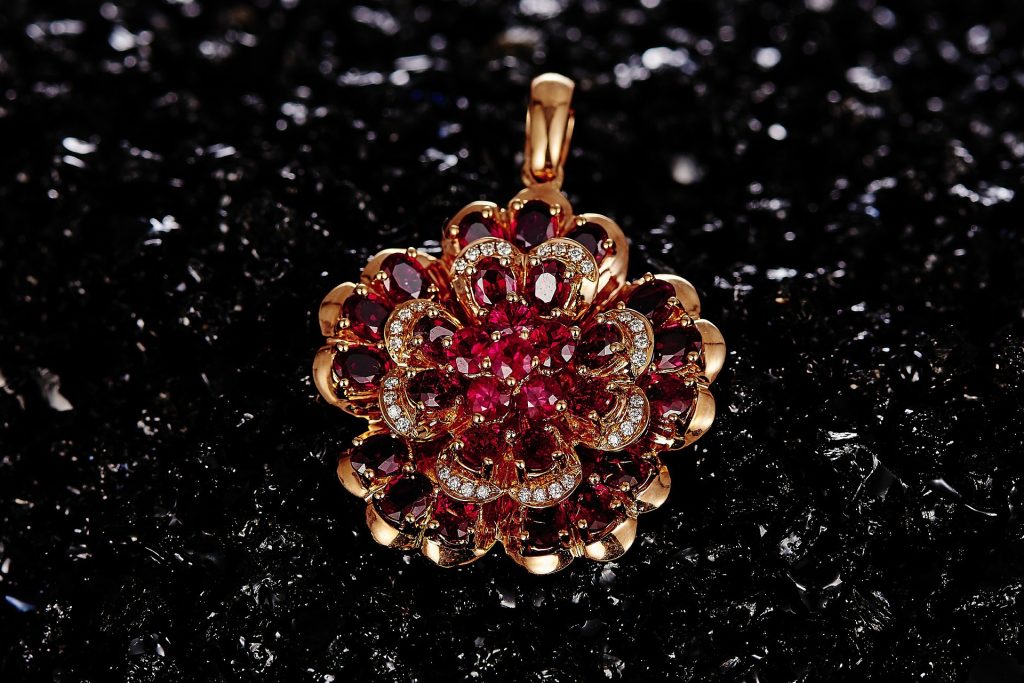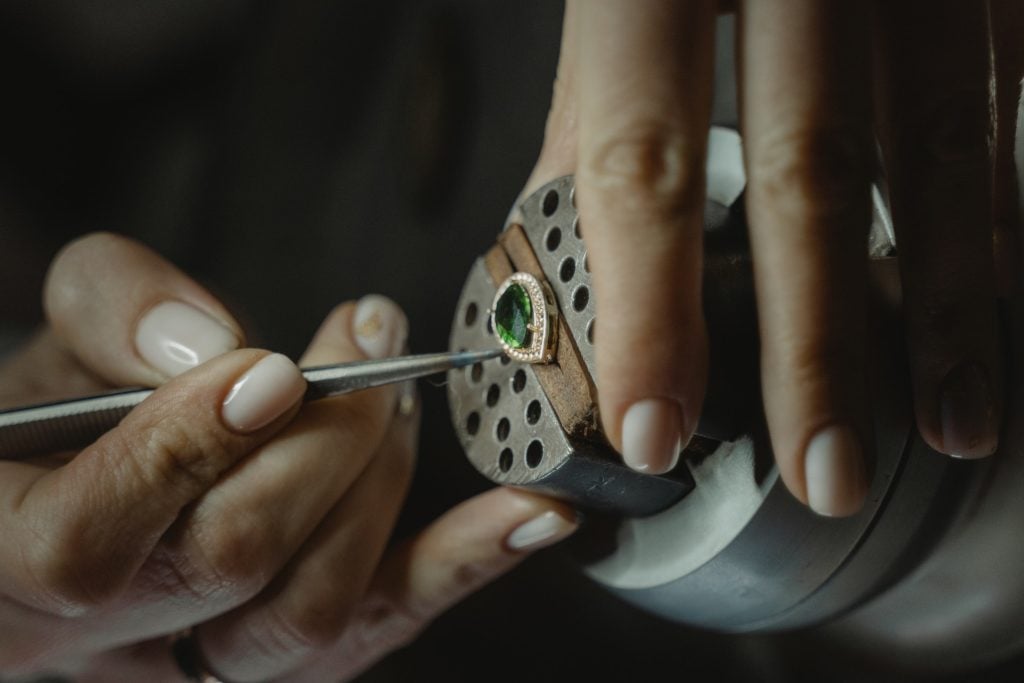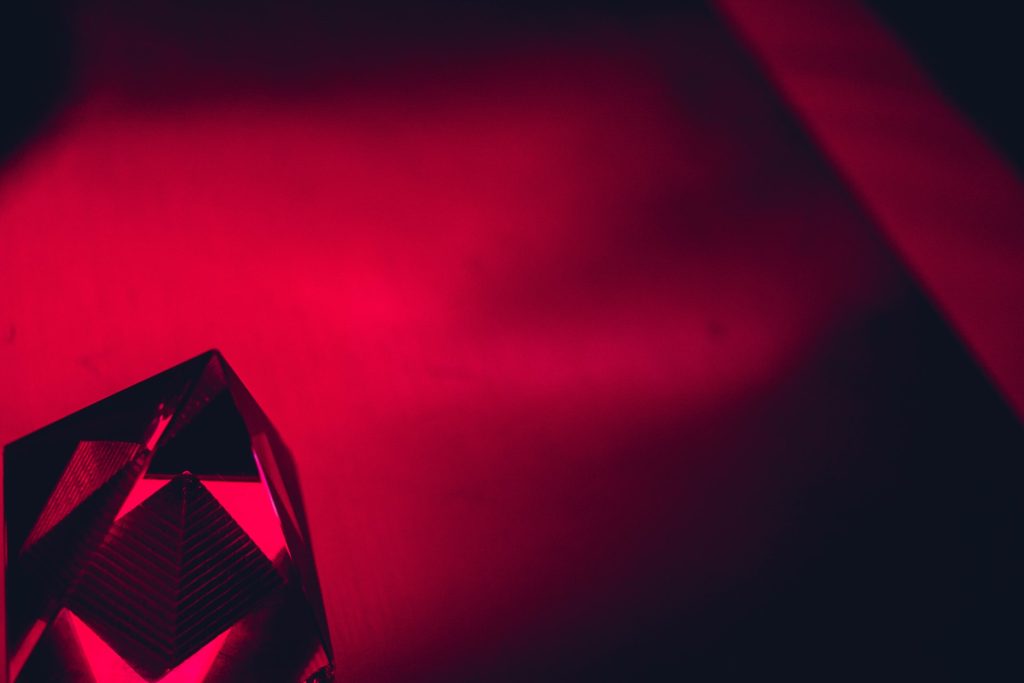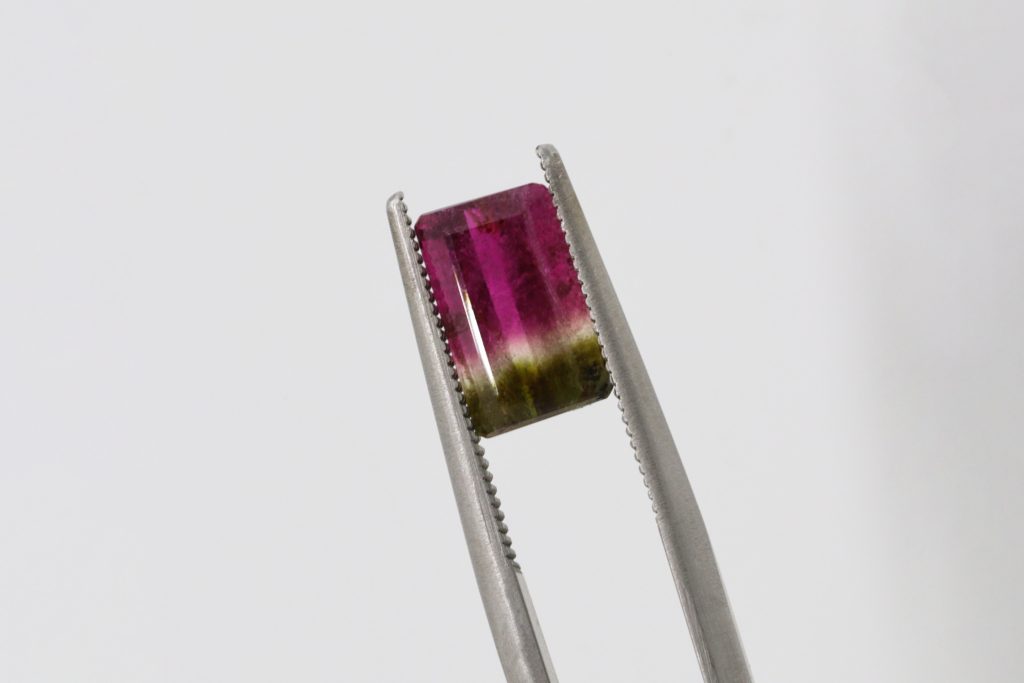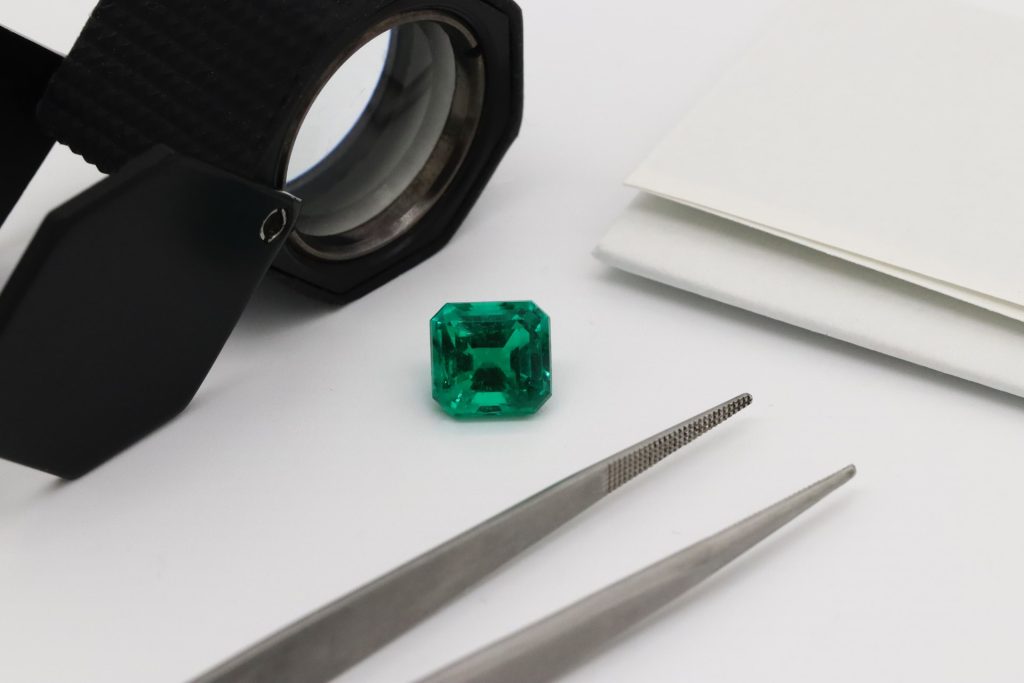Alexandrite is one of the most fascinating gemstones in the world. We have put together 10 interesting facts about alexandrite to help you to discover more about this intriguing gemstone. Alexandrite is a relatively new gemstone and yet is incredibly rare. This makes it very desirable and hard to come by in jewellery. Jewellery that features this gemstone is prized by collectors and can sell at incredibly high prices. However, most jewellers do not stock this gemstone due to its extreme rarity. If you are interested in this fascinating gemstone, keep reading for our 10 interesting facts about alexandrite.
1. Alexandrite is a birthstone for June.
Most birthstones are associated with a month and given birthstone status. Alexandrite is no exception. This gemstone is a lesser-known birthstone for June alongside the more well-known pearl. Those with a June birthday are lucky to have such a beautiful gemstone as their birthstone. However, as alexandrite is so rare, most people choose to mark their June birthday with pearls. Alexandrite is also the stone associated with the 55th wedding anniversary.
2. The gemstone was first discovered in the 19th Century.
Alexandrite was discovered relatively recently in comparison to other gemstones. This gemstone was first discovered in the emerald mines near the Tokovaya River in Russia’s Ural Mountains in 1830. With the gemstone having been discovered so recently, it is surprising that it is so hard to come by. The supply of many gemstones is exhausted over decades of mining, but this is not the case for alexandrite. The gemstone is just very rare.
3. It is named after Russia’s Prince Alexander II.
The gemstone was first discovered on the birthday of Prince Alexander II, so was named after him in celebration. It is said that an emerald miner gathered some gemstones that looked like emeralds and took them back to camp. Whilst examining the stones by the light of the fire, the gemstones seemed to change colour from emerald green to a fiery red. In the morning, the gemstones were green once again. It was this that led the miners to know they had discovered something new and special.
4. Alexandrite became the national stone of tsarist Russia.
The colour of alexandrite shifts between green and red depending on the type of light it is viewed under. These colours are the same as those of Old Imperial Russia’s military colours. This led to the stone becoming the national stone of tsarist Russia. This gemstone also became one of the most prized gemstones amongst the Russian aristocracy. People had never seen a gemstone that behaved in this way and so sought after it, adorning themselves in its colour changing brilliance.
5. The gemstone has only been found in a few countries.
Eventually, Russia’s supply of alexandrite was exhausted. Initially, gemologists assumed that what the end of mining for this gemstone. However, in 1987 more alexandrite was found in Brazil. There are alexandrite mines in Brazil that produce some of the highest quality examples of this gemstone in the world. Fortunately, more alexandrite was discovered on the border of Tanzania and Mozambique in 1993. Despite having various mines around the world, alexandrite is still rather rare.
6. Alexandrite was popularised by Tiffany and Co.
Tiffany and Co have been trendsetters in the jewellery industry since the company was founded. George Kunz was Tiffany’s master gem buyer at the time of the discovery of alexandrite. He travelled to Russia in search of the gemstone. The amount of alexandrite he purchased for the brand was never officially confirmed, but Tiffany has a reserve so large that it dominated the market for alexandrite for decades.
7. It is believed that the gemstone has both physical and spiritual healing properties.
Alexandrite, like many gemstones, is believed to have physical and spiritual healing powers. The gemstone is thought to bring luck, good fortune and love to its wearer. It is also believed to strengthen intuition and enhance creativity and imagination. Alexandrite is also thought to have physical healing properties. Some people recommend the gemstone for those recovering from surgery and prolonged illness.
8. Alexandrite is a very expensive gemstone.
Due to its rarity, alexandrite can be a very expensive gemstone. The price of this gemstone varies depending on the opacity of the colour of the stone. The more opaque the colour, the more expensive the stone. The intensity with which the colour of the stone changes also has a significant impact on the cost of an alexandrite gemstone.
9. The colour change is called pleochroism.
The most notable characteristic of the alexandrite gemstone is that it changes colour depending on the light that it is viewed in. The red tone of the gemstone is most likely to be seen when it is exposed to a light source that is rich in red rays. The colour is created by the presence of chromium in the gemstone. The most valuable alexandrite gemstones turn from a brilliant green to a fiery red. The most valuable examples of this gemstone tend to come from Brazil as gemstones found in those mines often have a 100% colour change.
10. Large alexandrite stones are incredibly rare.
Large alexandrite gemstones are very rare. This makes large samples of the gemstone incredibly valuable and collectable. The largest known faceted alexandrite stone weighed 66 carats and was kept in The Smithsonian museum. The largest uncut gem-quality specimen is named the Sauer Alexandrite. It weighed 122,400 carats and was found in Bahia, Brazil in 1967.
What did you think of our 10 interesting facts about alexandrite? Do you have any alexandrite in your jewellery collection? Let us know in the comments!

